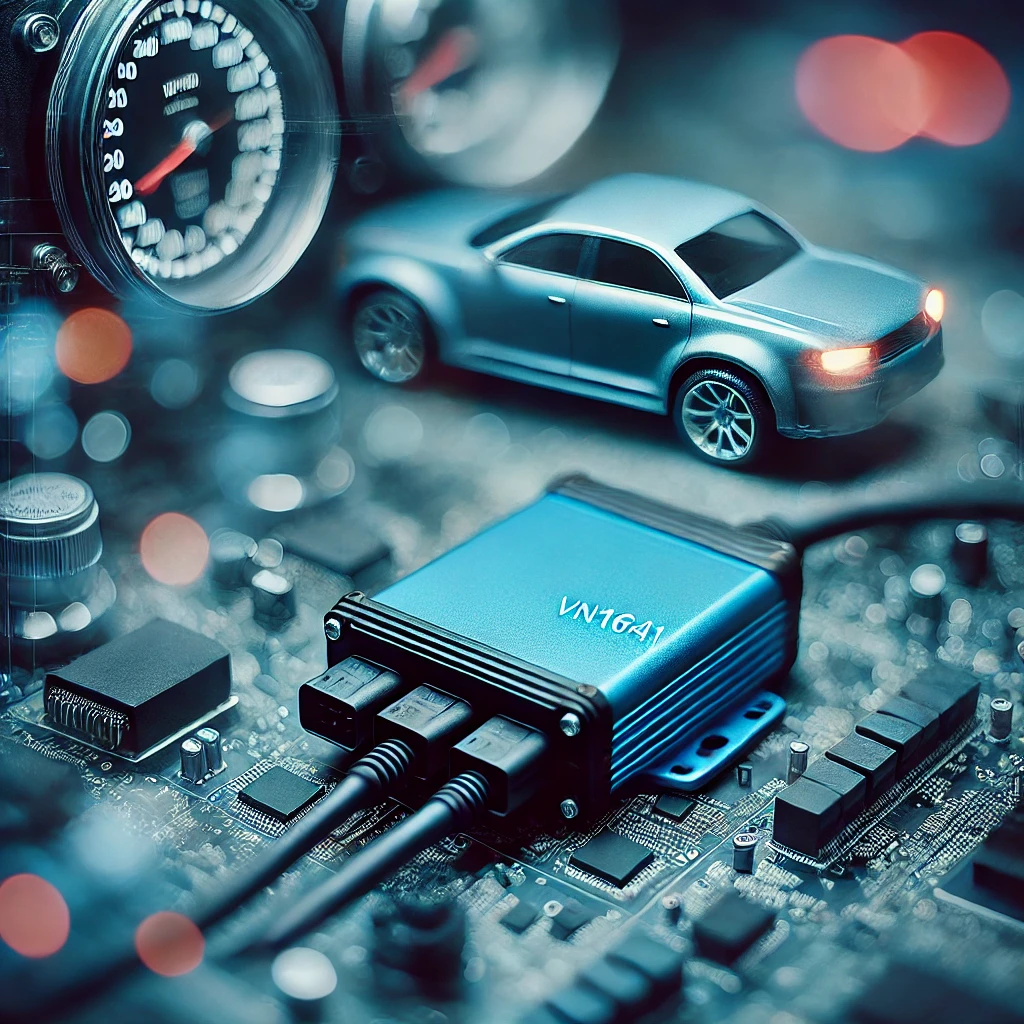
AI-Powered EOL ECU Testing
End-of-Line (EOL) testing for Electronic Control Units (ECUs) is essential in automotive manufacturing to ensure that each ECU meets performance, safety, and reliability standards before a vehicle reaches customers. ECUs control key vehicle systems, including engine performance, safety functions, and advanced driver assistance systems (ADAS), making comprehensive testing a top priority. EOL testing checks ECU functionality, diagnostics, communication, and software integrity to identify and resolve any defects early, improving product quality and operational safety.
Current EOL Testing Methods: CANoe, VT System, and CAPL
Several tools are commonly used for ECU EOL testing, each playing a unique role in ensuring comprehensive validation:
CANoe: CANoe is widely used for simulating and testing ECU communication, especially over the CAN (Controller Area Network) protocol. By simulating vehicle network communications, CANoe allows engineers to monitor ECU responses and check for potential faults or irregularities in data exchange, validating interoperability and performance within the broader vehicle system.
VT System: The VT System by Vector is a modular testing tool that simulates and verifies ECU hardware interfaces, including analog and digital signals. It allows for detailed verification of how ECUs interact with other vehicle systems, helping engineers ensure that the ECUs perform as expected under various electrical conditions.
CAPL (Communication Access Programming Language): CAPL scripting is frequently used alongside CANoe to automate specific test cases and create custom ECU simulation scenarios. CAPL allows engineers to test complex data flows and communication logic within the ECU, creating a more robust and flexible testing environment.
At JSDSolutions, we have invented specialized ECU flashing tool that significantly boosts flashing speeds via HS CAN protocol and CANoe setup based configuration. This tool is tailored for prototype applications, where rapid turnaround is critical, and batch delivery can involve more than 50 ECUs at once. Our tool accelerates flashing times by up to 10 times, compared to traditional methods, drastically cutting down on testing time while preserving data integrity and reliability. This innovation enables R&Ds to flash ECUs more efficiently and handle high prototype volumes, improving production throughput and expediting vehicle readiness in about 1 hour for each packet of 10 ECUs. The flashing timings can be even decreased depends on real needs. On top of this automation of EOL procedures saves days of test engineer!
Introducing AI for Automated EOL Testing
While tools like CANoe, VT System, and CAPL enhance EOL testing for ECUs, AI brings additional transformative capabilities to automate, optimize, and advance testing accuracy:
- Automated Test Cases Conversion to CAPL Scripts:
AI-powered systems can convert test cases directly into CAPL scripts, enabling the automatic execution of tests within the CANoe environment. This automated conversion process saves time and ensures consistency across test cases, improving test efficiency and allowing engineers to focus on analyzing results rather than scripting each scenario manually.
- Auto-Generated Test Reports and DOORS Integration:
AI-enabled systems can also generate detailed test reports automatically and integrate results with documentation tools like Polarion or DOORS. This automated reporting streamlines documentation processes, ensuring traceability and compliance with industry standards. Auto-updated documentation tools provide consistent records that can be referenced throughout development and testing phases, improving communication and compliance tracking.
- Intelligent Calibration and Adaptive Testing:
AI can dynamically adjust ECU calibration and testing parameters based on performance data. Adaptive AI-driven testing is especially beneficial for ECUs controlling critical systems, such as ADAS, emissions, and fuel efficiency, allowing for real-time adjustments that meet precise performance standards.
AI-powered End-of-Line (EOL) testing for automotive ECUs is transforming quality assurance, providing faster, more precise, and adaptable testing capabilities. By integrating JSDSolutions’ high-speed ECU flashing tool, specifically tailored for prototype applications where efficiency is crucial, and leveraging AI-driven automation for tasks like test case conversion and documentation, R&Ds can achieve enhanced quality control and optimized production throughput. As automotive technology increasingly relies on software-defined systems, incorporating AI-driven EOL testing will be crucial in ensuring that each vehicle ECU meets the highest standards for performance and reliability.